Choosing a Multivitamin:
How to Navigate Multivitamin Ingredients
Choosing a multivitamin is not as straight-forward as you may think. Multivitamin ingredients may all seem similar, but in fact, there are big differences among multivitamin labels once you know what you’re looking for.
Why learn about how to compare multivitamins?
How many times have you said: “I took a vitamin and it didn’t do anything for me.”
Or worse yet: “my vitamin or mineral supplement caused some weird tingling… or constipation… or nausea.”
Some have called the multi-vitamin, multi-mineral supplement business the biggest scam of the 20th (and now 21st) century.
I can’t say I disagree. Here’s why:
Yes, it is important to get all of the recommended vitamins and minerals. And, it is difficult to do that with our modern way of eating. Processed foods, and even fresh foods that have travelled long distances, or been cooked at a high heat, offer minimal nutrition.
But, the truth is that all vitamins are not created equal. Just because a label lists 100% or more of the RDA (recommended daily allowance) for each vitamin and mineral – “A through zinc” – it does not mean that those compounds will be effectively processed and used by the body.
If a vitamin cannot get properly digested and assimilated into the body, it simply will not be of any use to anyone, except the manufacturer’s profit margin.
|
Synthetic vitamins that are churned out in bulk at a factory are often created in forms that are the least expensive to manufacture. This is where the “scam” happens. |
 |
Let me state it another way: the forms of vitamins and minerals contained in most run-of-the-mill supplements are NOT created in forms that are most easily used by the body and they often do not resemble what would normally encounter in food. They are just the cheapest.
The result is that most vitamin-takers are swallowing a pretty useless concoction - part rust, part rock - dreamed up in a factory. The label looks great, but the results are less than inspiring.
Unfortunately, the shelves at nearly every grocery store, drug store, and superstore are filled with vitamin and mineral supplements that seem standard. Multivitamin comparison of the percent RDA of each vitamin and mineral leaves us thinking that most vitamins are interchangeable, and so we choose the least expensive option.
I know, because that’s how I used to vitamin shop. As a result, I had a bottle of pills, and I tried to remember to take one each day as “nutritional insurance,” but I certainly didn’t notice any difference on the days that I forgot to take it.
So, how then, do I
justify suggesting a multi-vitamin and multi-mineral supplement to anyone who
will listen?
Because I know how to shop
correctly for a vitamin.
Below I list the most common vitamin and minerals, the form in which they are not so useful, and the forms that the body craves.
Most importantly, I have also given you some foods that are the best sources of each vitamin and mineral. After all, that’s what nature intended, right? For more on great foods to ensure you’re getting adequate amounts of vitamins a minerals, check out our list of 25 foods to replace your multivitamin.
Finally there are some side notes, interesting facts, or warnings to keep in mind while choosing a multivitamin.
I have included some general tips down below.
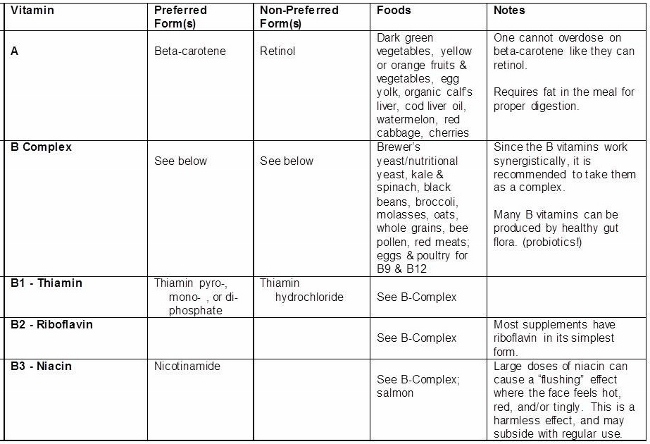
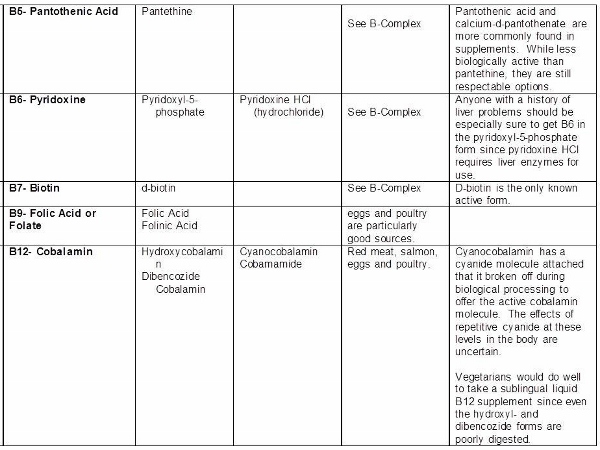
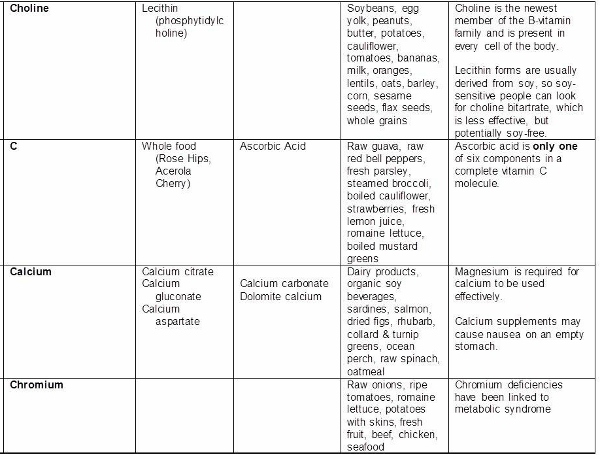
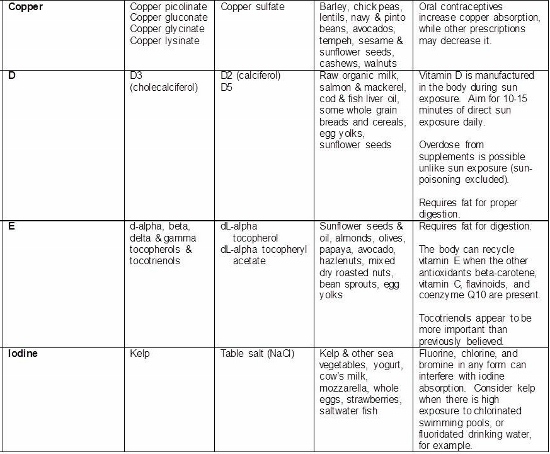

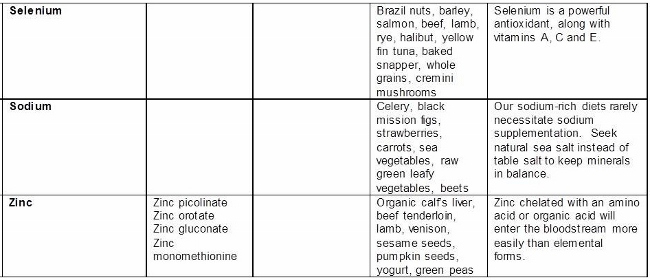
In general, I advocate “whole food” vitamins. No, these are not branded by the grocery chain by that name. “Whole food” supplements describe a class of supplements whose ingredients are, well, whole foods. Rather than an ingredient list that reads like a chemistry project, the ingredients are real, actual foods like alfalfa and carrot. The downside of whole food vitamins is the number and size of the pills – a larger volume than the “purified” vitamins and minerals. Many prefer whole food vitamins in a powdered “shake” version.
If you’d prefer to memorize a general rule, instead of religiously reading labels when choosing a multivitamin: look for minerals that are attached to “gluconate” or “citrate” instead of “sulfate” or “chloride”.
Finally, look at the “other ingredients,” or the “inactive ingredients.” Avoid the extra sugar that comes in many vitamins: sucrose, corn syrup and fructose are common.
Ultimately, you get what you pay for, so you are more likely to find the best vitamins in specialty stores with a higher price tag.
What is your take on multivitmains? How diligent are you about taking supplements or eating well? Share with us below…
As always, be sure to discuss your supplements and diet with your health care professional. This article is intended to be educational, and is not intended to replace the advice of a licensed physician.
Return to The Science of Natural Health Homepage from Choosing a Multivitamin
Go to Natural Health Articles by Topic from Choosing a Multivitamin
Note: This page may contain
affiliate links. You get the great product that I would recommend
anyway at the normal price, and I get a few pennies to to support my
love for Sharing the Science. You can check out my Privacy Policy, too.
I'm Zara, PhD
Hello. I'm a neurobiologist turned mother and business owner, sharing the science of natural health and putting it into practice. More...




New! Leave a Comment